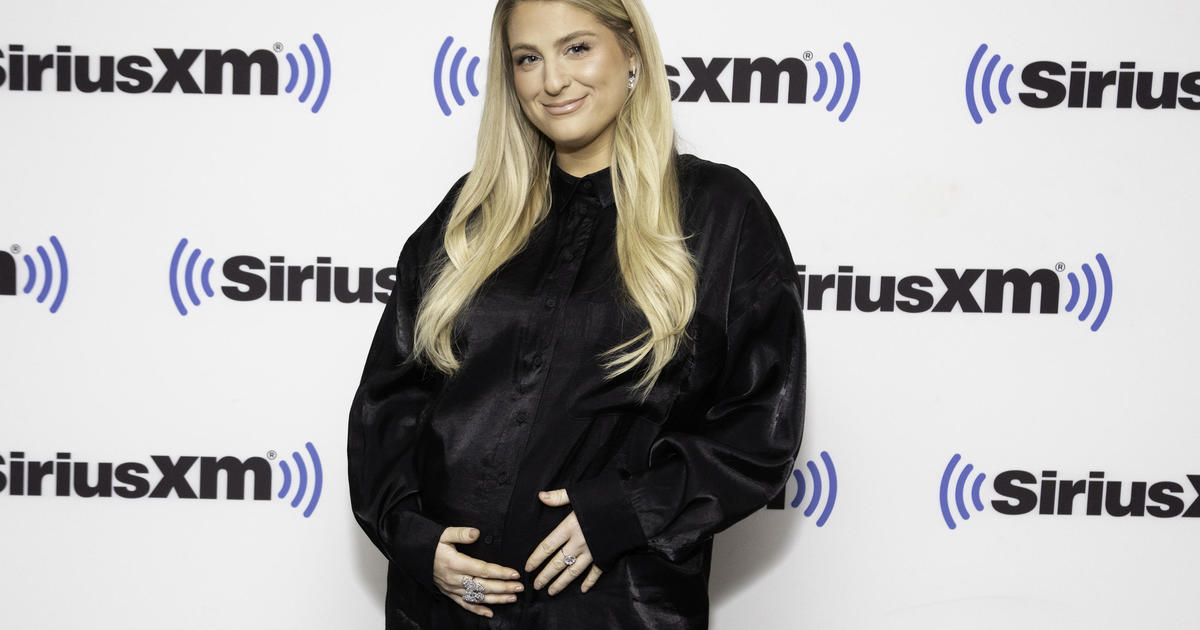French-Saudi Alula Collaboration Scrutinized, Art Institute of Chicago Accused of ‘Willful Blindness’ in Looted Schiele Controversy and More: Morning Links for February 26, 2024
To receive Morning Links in your inbox every weekday, sign up for our Breakfast with ARTnews newsletter.
THE HEADLINES
SCHIELE RESTITUTION BATTLE. The Manhattan district attorney’s office has filed a 160-page motion accusing the Art Institute of Chicago of “willful blindness” in determining the provenance of a contested Egon Schiele drawing it has long-argued was looted by Nazis, reports The New York Times. New York investigators want the AIC to restitute Russian War Prisoner to the heirs of former owner, Fritz Grünbaum, who died in a Nazi concentration camp, however, until now, the institute has refused, winning two federal court battles over the question, partly due to restitution demands coming in too late, according to courts. But NYC investigators say the institute is ignoring forged provenance documents tied to the drawing and is urging it to follow other museums who recently returned Schiele paintings from the Grünbaum collection.
SCRUTINY OF FRENCH-SAUDI COLLAB. The French agency Afalula, contracted to help Saudi Arabia’s Royal Commission for AlUla (RCU) build and develop the desert town of AlUla into a lavish cultural destination, is facing greater scrutiny and an audit, reports Le Monde. The news comes amidst the recent arrest on charges of corruption of Amr al-Madani, the former CEO of the RCU. Afalula’s July-appointed president, former French foreign minister Jean-Yves Le Drian, ordered an audit of Afalula “around the same time that Saudi Arabia was monitoring” Al-Madani, according to Le Monde’s investigation. Reporter Roxana Azimi reveals Afalula’s budget also doubled to about $65 million in 2023, and provides details of the French agency’s lobbying efforts to win development contracts in the region, which apparently irked Al-Madani. In a follow-up report today, Azimi reveals Saudi Arabia is nevertheless set to make good on a 2018 promise to finance the restoration of French monuments and museums.
THE DIGEST
Dahomey, a documentary by director Mati Diop about looted African art, has won the top Golden Bear prize at the Berlinale film festival. In the film, a statue narrates its own repatriation from France to the Dahomey Kingdom in Benin. “To rebuild we must first restitute,” Diop told reporters. [France 24 and AFP]
The new group Art Not Genocide Alliance (ANGA) is petitioning to exclude Israel from this year’s Venice Biennale. The petition is titled “No Genocide Pavilion at the Venice Biennale,” and has reportedly garnered over 4,000 signatures. [BNN Breaking]
The NYC Department of Cultural Affairs (DCLA) announced $52.2 million in awards to over 1,000 NYC nonprofit cultural organizations. Recipients include Red Hook Art Project Inc, and the Bronx Art Space, to name a few. [The Art Newspaper]
Marc Pachter, former director of the National Portrait Gallery in Washington, who helped diversify and modernize the institution, has died at 80. [The New York Times]
A rare, covered and forgotten early mural painted by Gerhard Richter has resurfaced in Dresden’s Hygiene Museum, Germany, and will be exhibited to the public. Richter painted the mural when he was a student in 1956, and it was covered in 1979. [The Art Newspaper France]
The rock salt mine about 754 feet underneath the Portuguese city of Loulé has become an art exhibition space. Campina de Cima inaugurated “Ocean: Sea is Life,” a group show featuring Portuguese artists from the David Melgueiro Association, on Feb. 17. [Artnet News]
The French town of Brest claims it has built the world’s longest “fresco” made of over 250,000 Legos, at 21 meters, or about 68.9 feet. Thousands of people participated in making the Lego landscape, which depicts the city’s historic Notre-Dame-de-Rumengol cargo ship, in the hopes of raising funds to restore it. [Le Figaro and AFP]
THE KICKER
REMBRANDT INTRIGUE. Is the 17th-century painting The Adoration of the Kings really by Rembrandt? The New York Times delves into the recurring debate around the Holy Grail-like quest for Rembrandt attributions. The painting initially sold by Christie’s as a work by an associate of the master-painter, estimated to be worth $17,000. But when Rembrandt buffs began suspecting otherwise, the work sold for nearly $1 million. It was ultimately attributed to Rembrandt in a 62-page catalog by Sotheby’s, including seven expert opinions and X-ray analysis, though conclusions continue to diverge on the issue. Not enough, however, to dampen its sale for $13.8 million two months ago.



